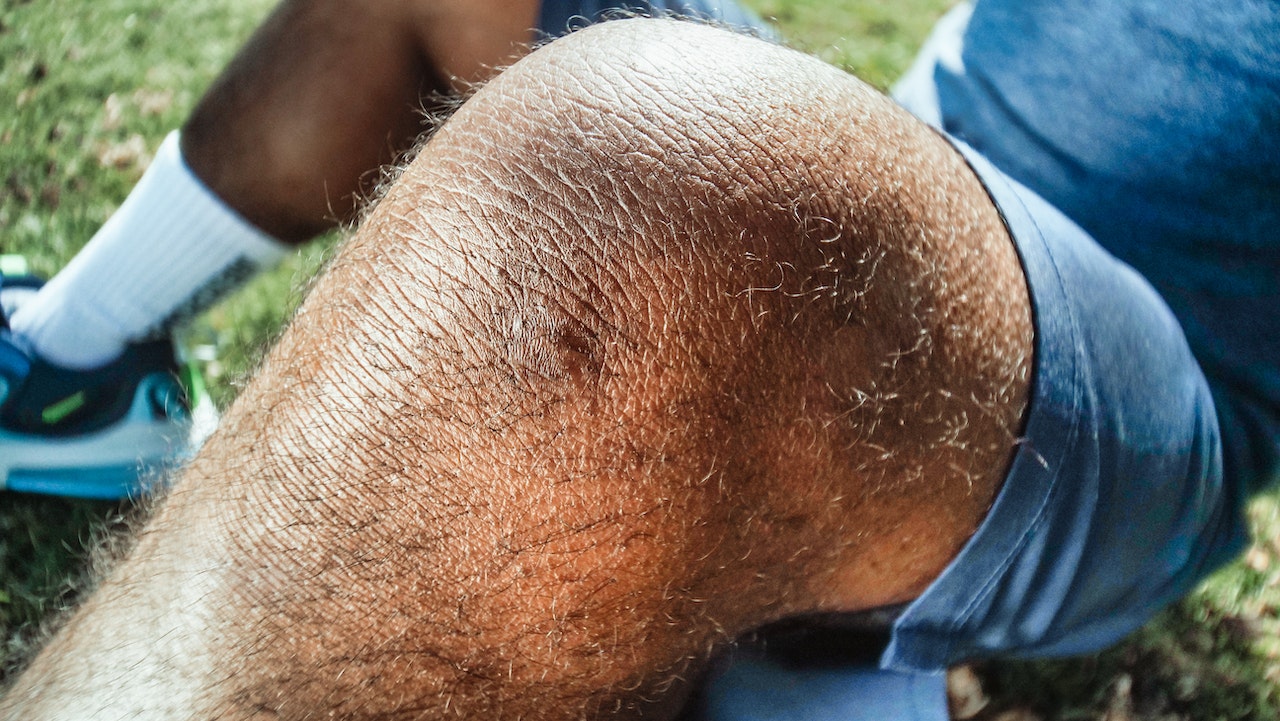If you have recently undergone knee replacement surgery, it is common for you to feel some swelling and inflammation around the affected knee area. This is a common part of the healing process, but you can feel uncomfortable and even debilitating if it’s not properly managed. Fortunately, there are a variety and idea of strategies you can use to help reduce swelling and speed up your recovery. In this article, we’ll provide the 5 best tips for managing swelling After Knee Replacement.
Understanding Knee Replacement Surgery
Before we delve into the tips for managing swelling after knee replacement surgery, it’s essential to have a basic understanding of the procedure itself. Knee replacement surgery consists of removing torn or completely damaged or diseased parts of the knee joint and replacing the damaged part with artificial parts, this procedure is called knee replacement, The goal of the surgery is to enhance mobility also, improve quality of life and reduce pain and swelling from the Knee portion, but this procedure can take lots of time or even months for the knee to heal fully.
Causes of Swelling After Knee Replacement Surgery

Swelling is a normal part of the healing process after knee replacement surgery, and it can be caused by a variety of factors. These include:
- Fluid buildup in the knee joint
- Inflammation around the incision site
- Increased blood flow to the affected area
- Limited mobility, which can cause blood and fluid to pool in the knee joint
Tips and Strategies for Managing Swelling
Now that we’ve covered the basics of knee replacement surgery and swelling causes let’s dive into some tips and strategies for managing this common post-surgical symptom.
Elevate Your Leg
One of the simplest and most effective strategies for reducing swelling after knee replacement surgery is to elevate your leg as much as possible. This can help reduce blood flow to the affected area and prevent fluid pooling in the knee joint. Try to keep your leg above the level of your heart as much as possible, especially in the first few weeks after surgery.
Apply Ice Packs
Ice packs play a vital role in alleviating knee pain. Applying ice packs to the affected knee area can also help reduce swelling and inflammation. Wrap a bag of ice or a frozen gel pack in a towel and apply it to the knee for 15-20 minutes at a time, several times a day. Be sure to take breaks between applications to prevent frostbite or skin irritation.
Use Compression
Compression bandages or stockings can also help reduce swelling and promote healing after knee replacement surgery. Compression can help to prevent fluid buildup and improve circulation in the affected area. Just be sure not to wrap the bandages too tightly, as this can impede circulation and cause more harm than good.
Read also 5 At-Home Stretches and WorkOuts to Help with Knee Pain (shoutmecrunch.com)
Take Anti-Inflammatory Medication
Your doctor may recommend that you prescribe anti-inflammatory painkillers to help deal with swelling and inflammation after knee replacement surgery. These medications can help to alleviate pain and swelling, and inflammation. Still, they can also have side effects, so before taking any medicines, following your doctor’s instructions is essential.
Practice Gentle Exercise
It may be difficult after the knee replacement to move around much in the first few weeks; it’s essential to practice gentle exercise as soon as possible. This can help enhance circulation and prevent blood and fluid pooling in the knee joint. Your Orthopedic doctor may recommend which exercises are safe and effective for your recovery.
Conclusion
Swelling after knee replacement surgery is a common and frequently uncomfortable situation, but you can use various strategies to deal with it effectively. By elevating your leg, applying ice packs, using compression, taking anti-inflammatory medication, and practicing gentle exercise, you can reduce swelling, promote healing, and return to normal activities as soon as possible.
Suppose you are experiencing knee pain affecting your life or limiting your ability to perform daily activities. In that case, if you want to get rid of knee pain, it’s essential to seek medical attention and consult with a Knee Replacement Surgeon in delhi to find out the underlying cause and develop an appropriate treatment schedule. You can schedule an appointment with Cure My Knee’s best orthopedic surgeon. We can help you and provide the best doctor and solution to your problems. We help a patient experience a hassle-free journey from booking an appointment to post-surgery rehabilitation.


